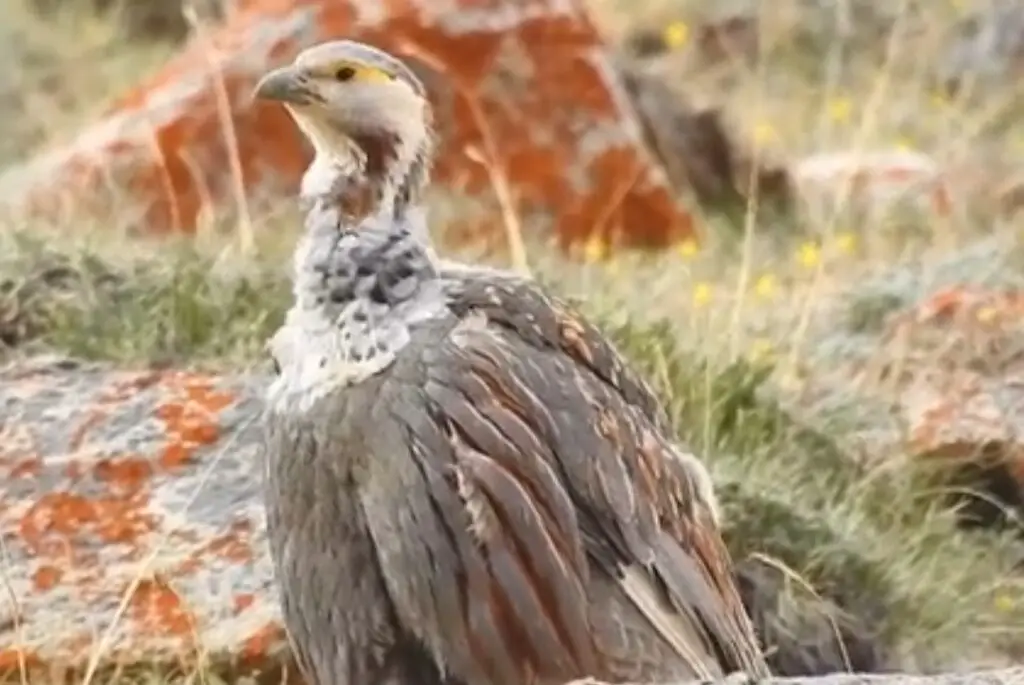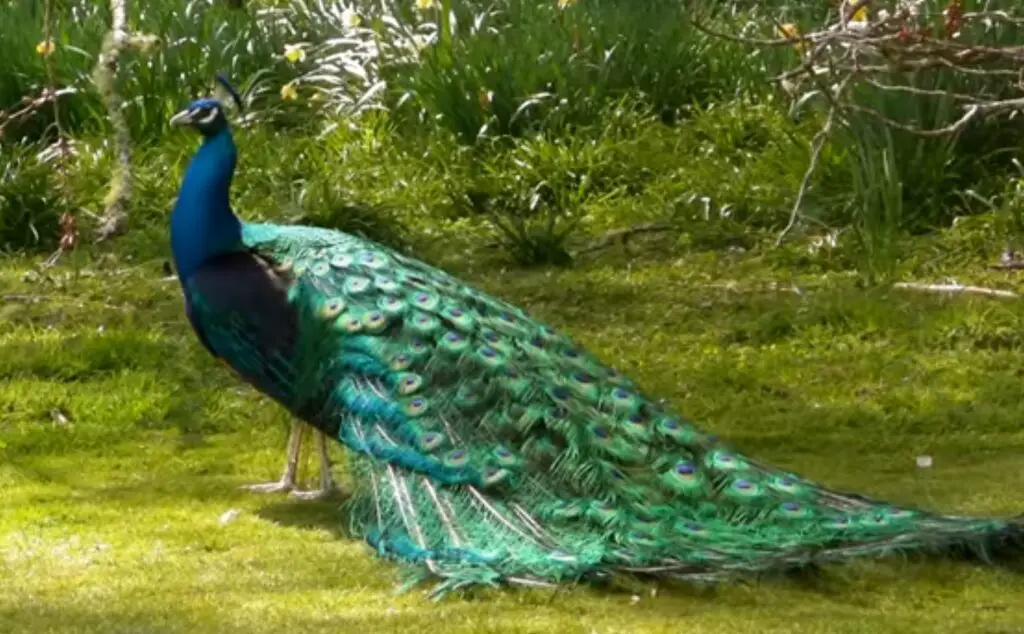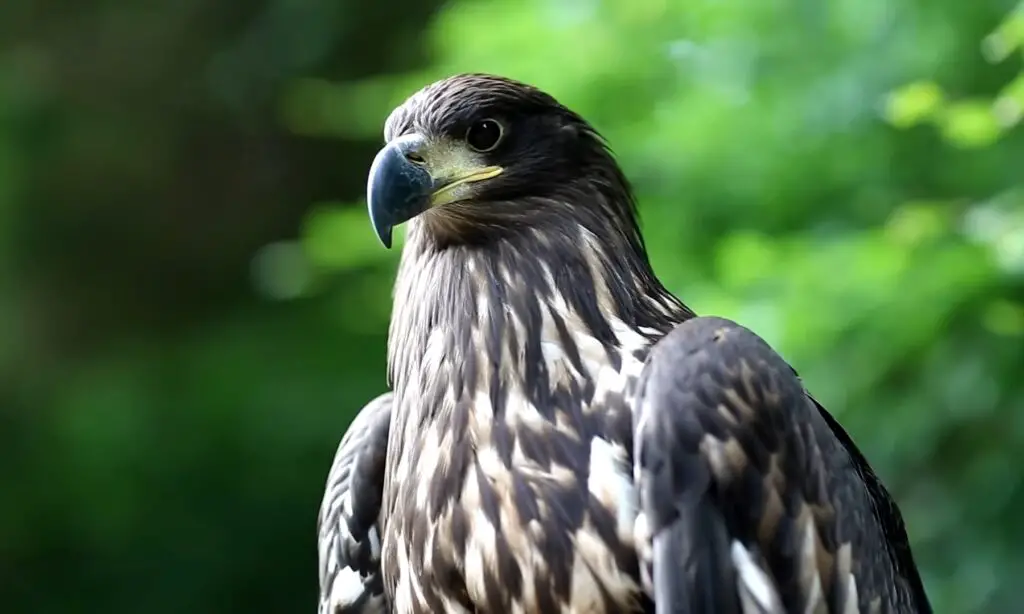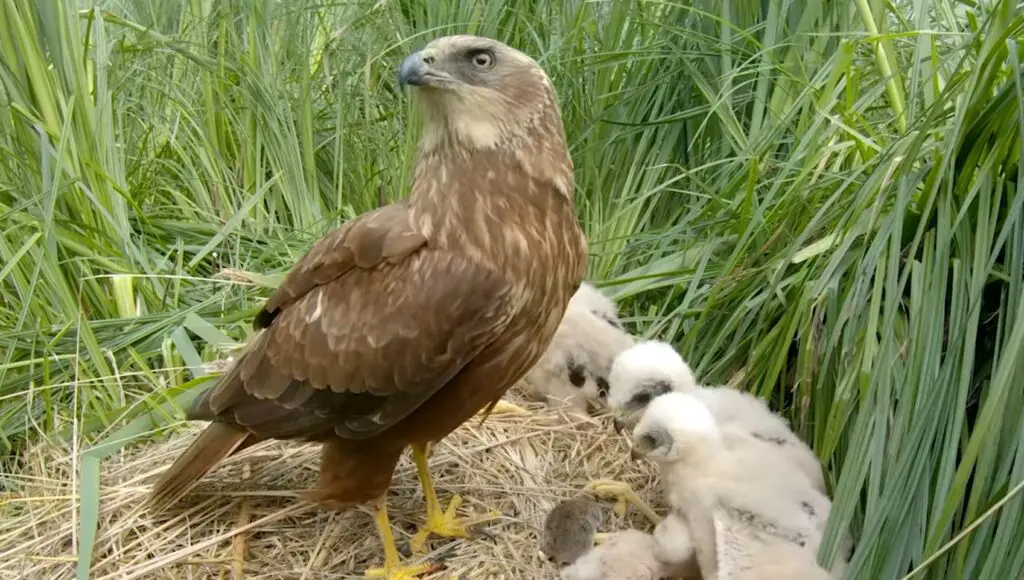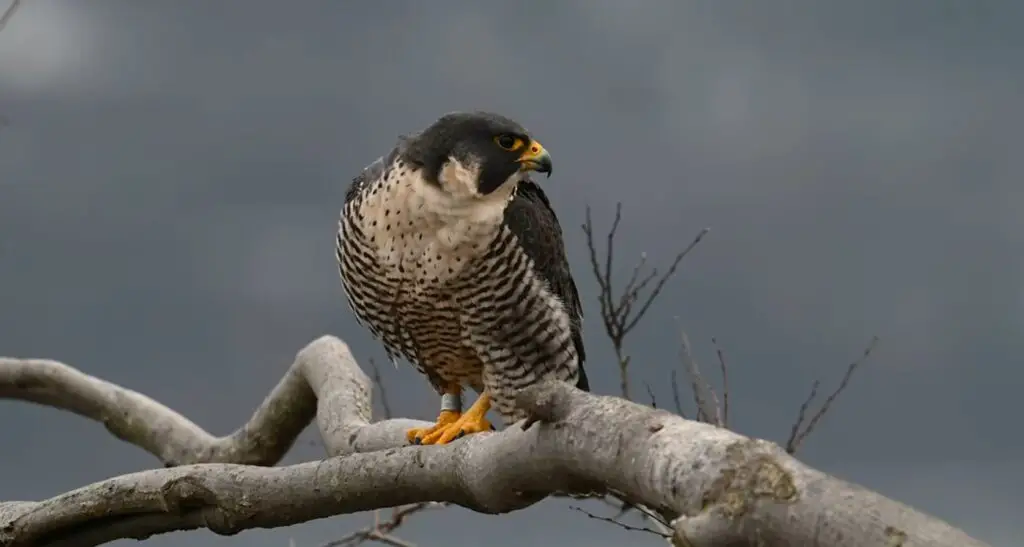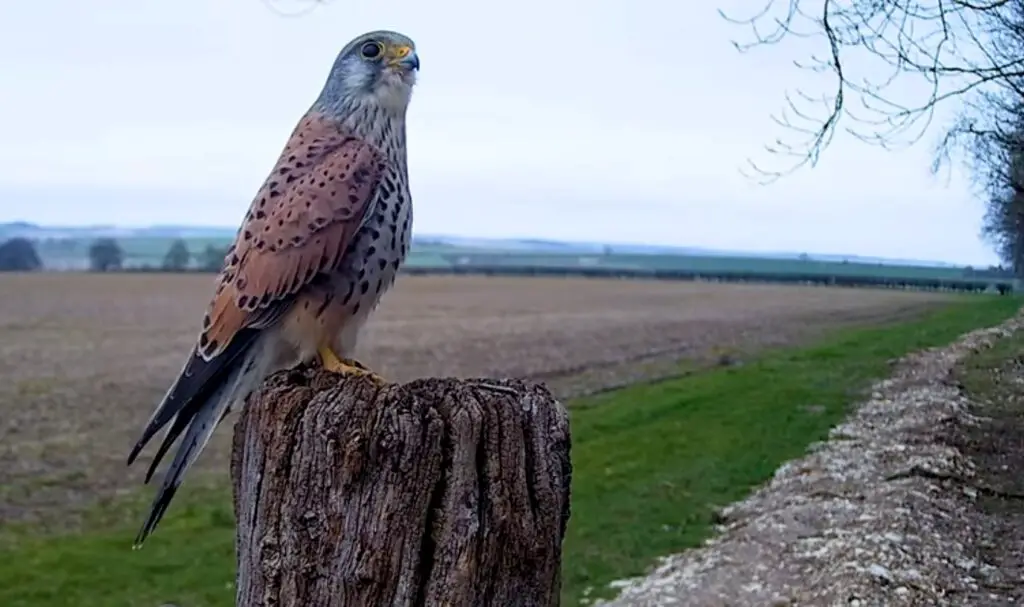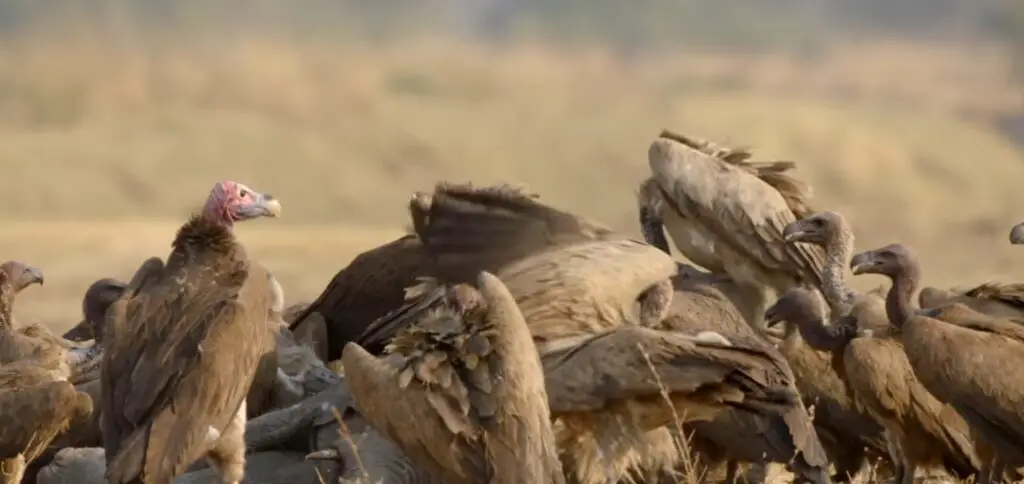The Himalayan Snowcock is a majestic bird species that is native to the high-altitude regions of the Himalayas. This bird is known for its unique appearance, striking plumage, and remarkable adaptation to the harsh environments of its natural habitat.
Appearance of Himalayan Snowcock
The Himalayan Snowcock is a large bird that can grow up to 70 centimeters in length and weigh up to 3 kilograms. It has a distinctive grey-brown plumage that is speckled with white spots, providing the perfect camouflage against the rocky terrain of the Himalayas. The bird has a broad head, a short neck, and a powerful, curved beak that is perfectly suited for digging into the rocky soil in search of food.
Habitat
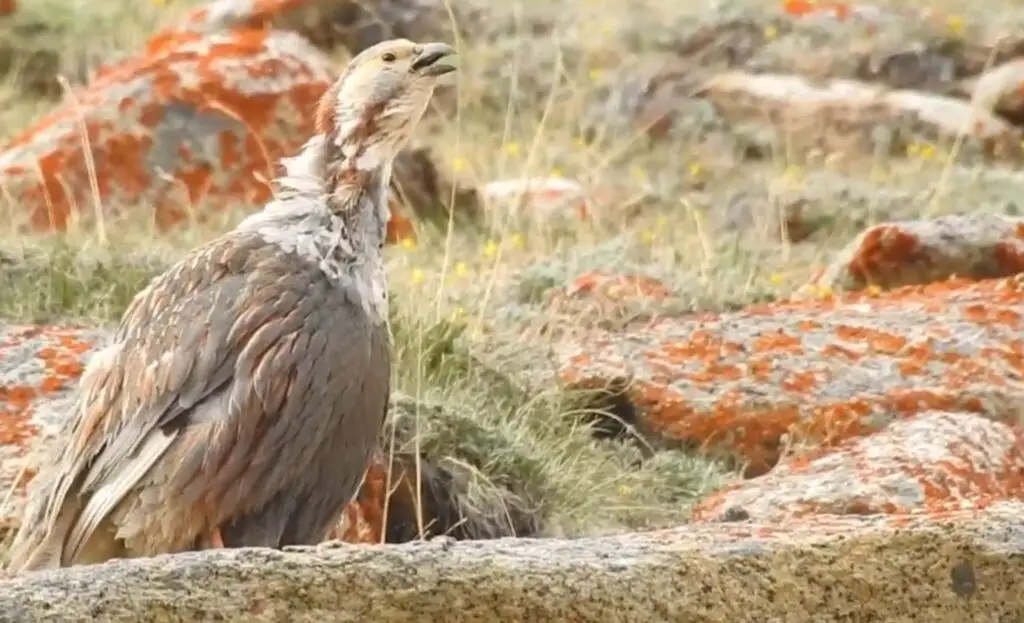 The Himalayan Snowcock is a bird species that is found only in the high-altitude regions of the Himalayas, ranging from eastern Afghanistan to western China. The bird inhabits rocky slopes, cliffs, and boulder fields at elevations between 2,700 and 4,500 meters, making it one of the highest-altitude bird species in the world.
The Himalayan Snowcock is a bird species that is found only in the high-altitude regions of the Himalayas, ranging from eastern Afghanistan to western China. The bird inhabits rocky slopes, cliffs, and boulder fields at elevations between 2,700 and 4,500 meters, making it one of the highest-altitude bird species in the world.
Himalayan Snowcock Behavior
The Himalayan Snowcock is a social bird that lives in small flocks. It is an active bird that spends most of its time foraging for food, which primarily consists of seeds, insects, and small invertebrates. The bird has a remarkable adaptation to the cold and harsh environments of its natural habitat, being able to survive extreme temperatures and high-altitude conditions.
Himalayan Snowcock Range
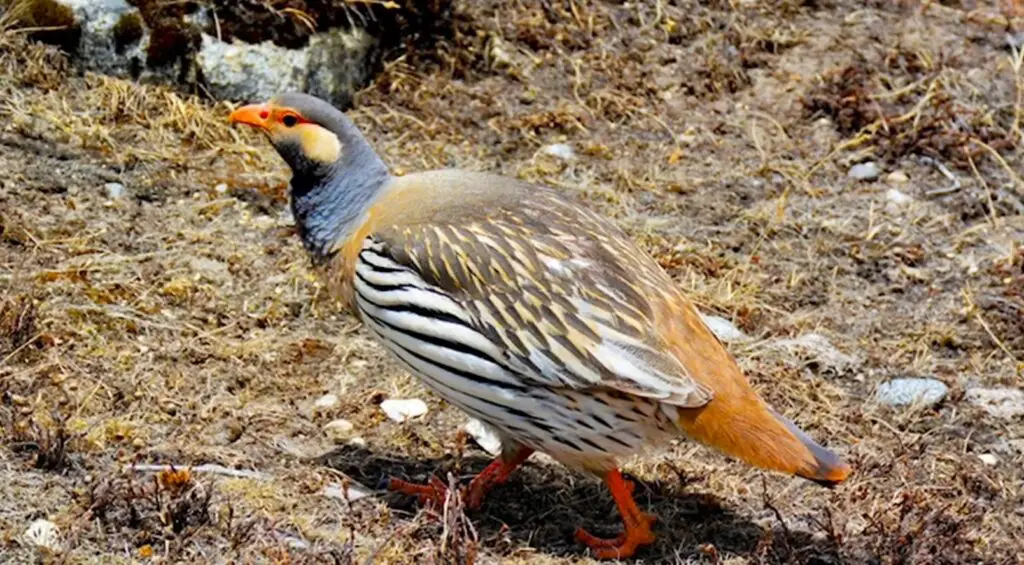
The Himalayan Snowcock’s range encompasses several countries within the Himalayan region, including Afghanistan, Pakistan, India, Nepal, and western China. It is found at high elevations, typically between 2,800 to 5,000 meters (9,200 to 16,400 feet) above sea level. The bird’s distribution is fragmented, often occurring in isolated populations across its range due to the rugged and inhospitable terrain of the Himalayas.
Breeding Season:
The breeding season for Himalayan Snowcocks typically occurs during the warmer months, which is primarily from late spring to early summer. In their alpine habitat, this usually corresponds to the months of April through June. During this period, the snowcocks engage in courtship displays, which may include vocalizations, strutting, and other behaviors to attract mates.
Nesting and Rearing:
After mating, female Himalayan Snowcocks seek out suitable nest sites among rocky crevices or other sheltered locations on the steep slopes. They construct simple nests using grasses and other vegetation. The female then lays her eggs, usually ranging from 6 to 12 eggs per clutch. She incubates the eggs for about 28 to 30 days, during which time she remains well-camouflaged and relatively sedentary.
Chicks typically hatch in late spring or early summer, depending on the elevation and local climate conditions. The chicks are precocial, meaning they are born with their eyes open and are capable of moving and feeding themselves shortly after hatching. They forage on a diet of plant material and insects, growing rapidly in preparation for the challenges of the alpine environment.
Autumn and Winter:
As the summer breeding season comes to an end and the temperatures start to drop, Himalayan Snowcocks undergo changes in behavior and habitat use. In colder months, they may descend to lower elevations where food is more readily available. During the winter, they may gather in flocks for increased safety and more efficient foraging.
The Himalayan Snowcock’s distinctive calls, which are often described as echoing through the valleys, can be heard during various times of the year, including the breeding season and sometimes even during the colder months.
It’s important to note that the specific timing of these seasonal behaviors can vary based on factors such as local climate, elevation, and environmental conditions. Additionally, while this overview provides a general understanding of the Himalayan Snowcock’s seasonal patterns, more detailed and region-specific information can be obtained from field studies and observations conducted by ornithologists and researchers who study these birds in their natural habitat.
Conservation of Himalayan Snowcock
The Himalayan Snowcock is a monogamous bird that breeds during the summer months. The male bird courts the female by calling loudly and displaying its plumage. The female then selects a nest site, which is typically a shallow depression in the rocky soil, where she lays between 2 and 8 eggs. Both the male and female take turns incubating the eggs for about a month until they hatch. The chicks are born with a downy plumage and are fed by both parents until they are ready to fledge.
The Himalayan Snowcock is not currently considered to be threatened, but its population is declining due to habitat loss and degradation. The bird is also hunted for its meat and feathers, which are highly valued by local communities. However, conservation efforts are being made to protect the bird’s habitat and ensure its survival for future generations to enjoy.
In conclusion, the Himalayan Snowcock is a unique and fascinating bird species that is well adapted to the harsh and high-altitude environments of the Himalayas. Its striking appearance, behavior, and habitat make it an important part of the ecosystem and a treasure of the natural world.

